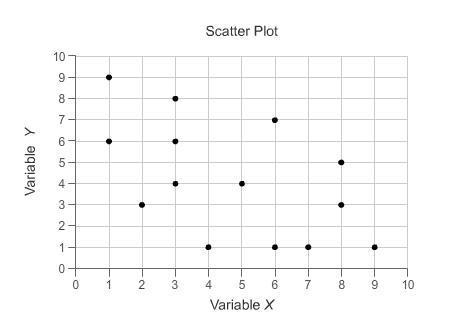
Mathematics, 18.12.2021 01:00 pretti78
On November 1, 2001, EPA adopted new standards for arsenic in drinking water equal to a maximum 10 ppb. Every few months, an environmental engineer working with the Western UP Health Department collects samples from a local drinking water utility to see if the data demonstrate that the mean concentration of Arsenic exceeds the 10 ppb standard. Assume that sample values are normally distributed about the true mean. Suppose that the most recent set of 7 sample values yielded a sample average of 14.36 ppb and a sample standard deviation of 4.76 ppb.
A. Specify the appropriate null and alternative hypotheses to demonstrate that the mean concentration of arsenic exceeds the standard or 10 ppb.
B. What is the rejection region for a 1% test?
C. What do you conclude for this data set?

Answers: 3


Other questions on the subject: Mathematics


Mathematics, 21.06.2019 14:30, hardwick744
How do the graphs of y = 1/x and y=5/x+6 compare?
Answers: 2

Mathematics, 21.06.2019 18:00, SunsetPrincess
Solve this equation using substitution. {4x + y = −2} {4x + 6y = 44}
Answers: 1

Mathematics, 21.06.2019 21:00, cwebb4383
The sum of the first eight terms of an arithmetic progression is 9m + 14. the fifth term of the06 progression is 2m - 6, where m is a constant. given that the first term of the progression is 26,find the value of the common difference, d and thevalue of m.
Answers: 1
You know the right answer?
On November 1, 2001, EPA adopted new standards for arsenic in drinking water equal to a maximum 10 p...
Questions in other subjects:

Mathematics, 28.07.2020 23:01

Mathematics, 28.07.2020 23:01

English, 28.07.2020 23:01

Mathematics, 28.07.2020 23:01




Mathematics, 28.07.2020 23:01





